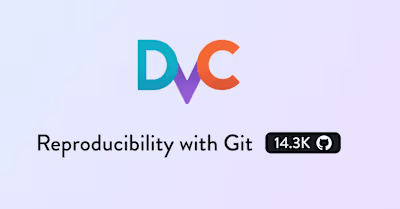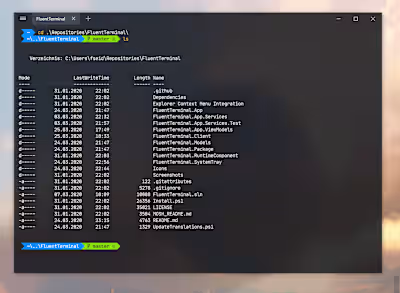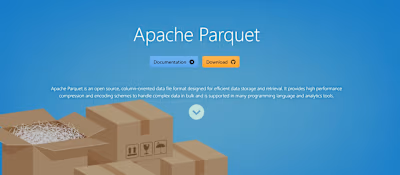Blockchain | NFT Signing and Duplications Search
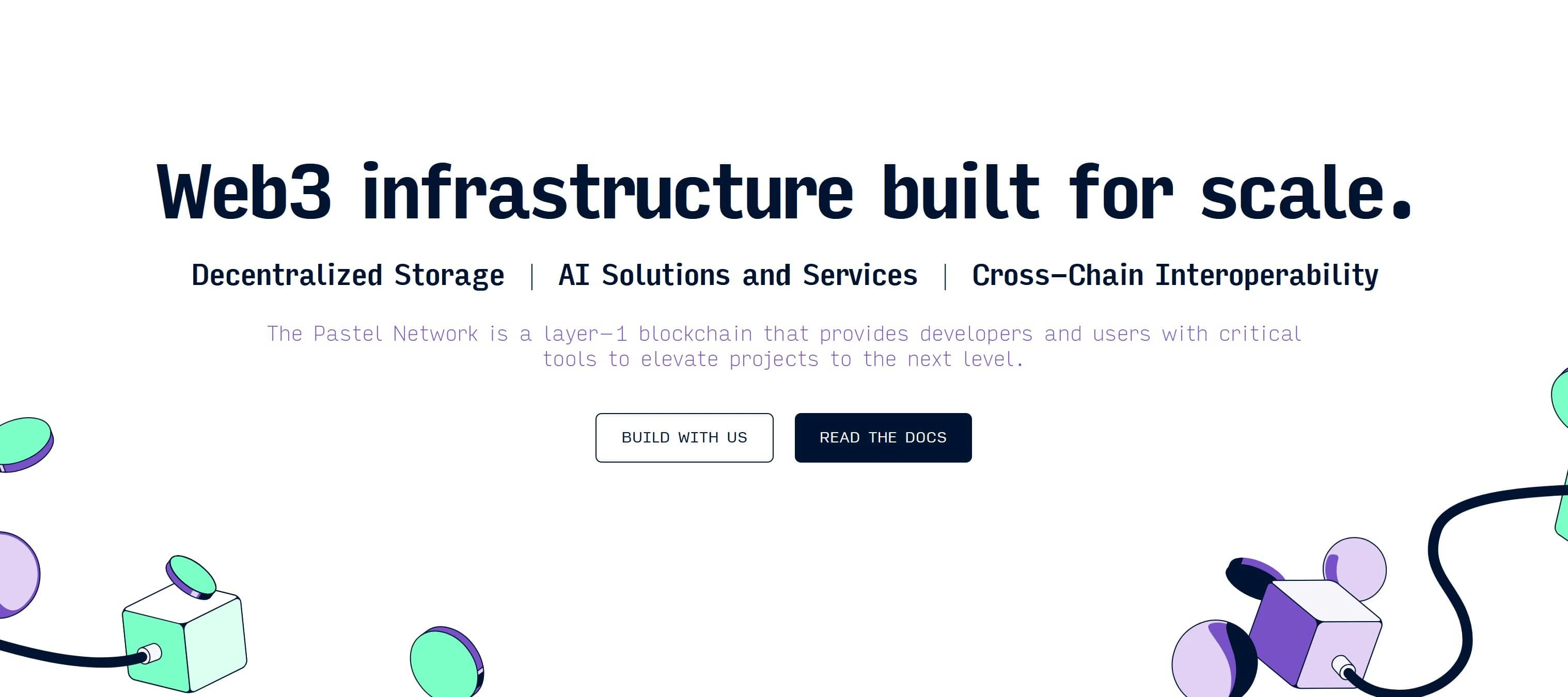
Pastel Network develops comprehensive blockchain solutions for NFTs, providing a secure, scalable, and efficient platform for creating, managing, and trading non-fungible tokens.
Project Scope
My role involved researching and implementing innovative solutions, actively participating in system design discussions, and providing technical leadership in my areas of expertise, particularly in blockchain integration, image analysis, and cryptographic validation.
Key Contributions
Python to GoLang Source Code Porting: Successfully ported existing Python solutions to GoLang, significantly enhancing performance and scalability in determining the similarity of NFT images based on fingerprint analysis derived from Open Source ML models.
Optimization of Image Duplication Detection: Developed an automated Goptuna-based solution for parameter optimization, enhancing accuracy and efficiency in detecting duplicate NFT images. This solution leveraged an extensive corpus of original and duplicate NFT images to refine correlation parameters.
NFT Image Signature Implementation: Created a state-of-the-art cryptographic signing solution that enables NFT artists to securely and verifiably sign their artworks, thereby ensuring authenticity and protection against duplication or unauthorized reproduction.
NFT Image Signature Sample
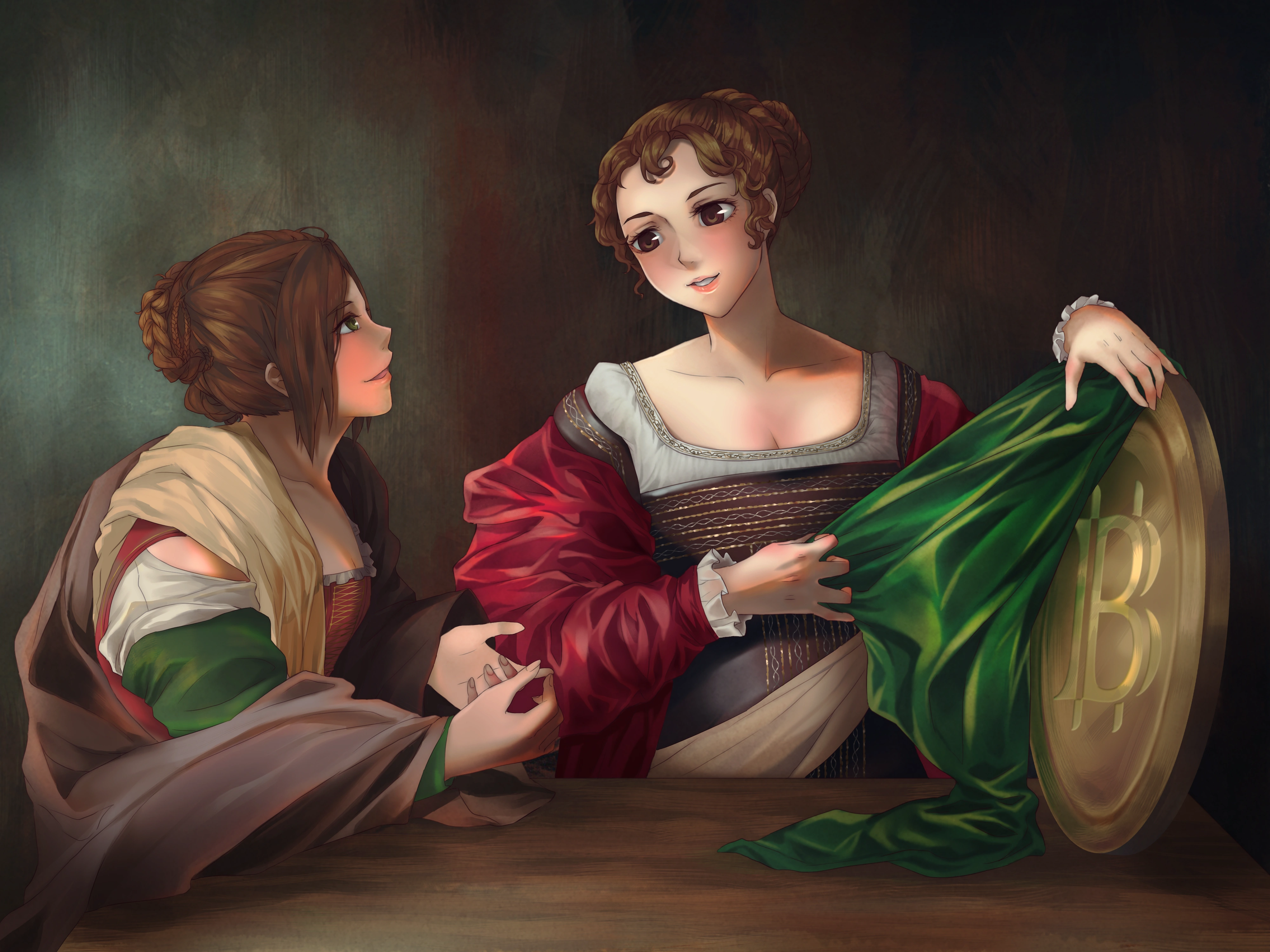
Sample NFT image to be cryptographic signed
Developed a solution for signing NFTs by extracting a unique fingerprint from the ML model's image-processing output. The fingerprint is then cryptographically signed using the author's private key. Both the resulting signature and the corresponding public key are encoded as QR-code sequences and embedded into a single composite image.
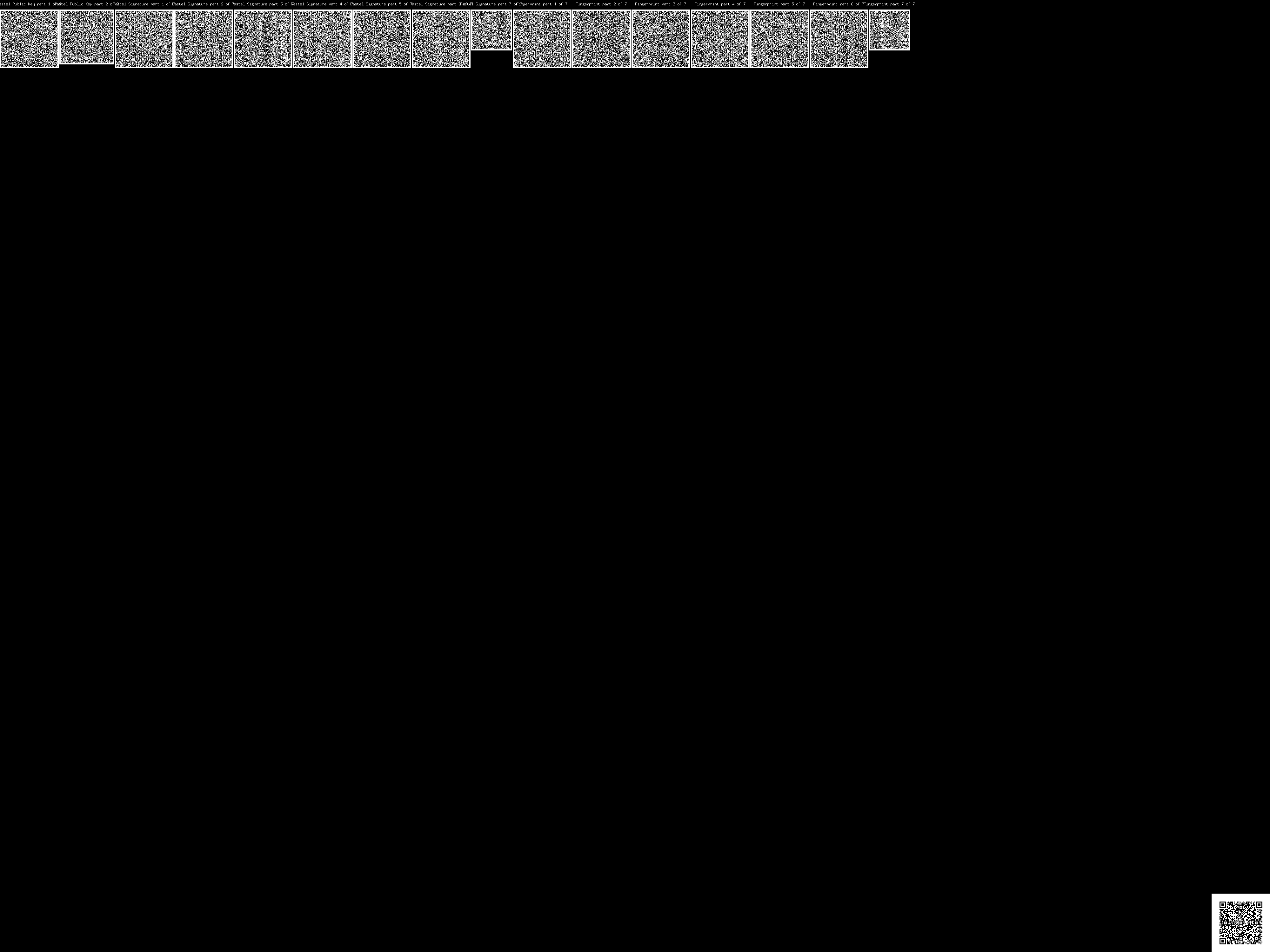
QR-code sequences sample image containing cryptographic signatures
Once the QR-code sequence image is generated, it is embedded into the original image using LSB steganography to conceal the signature seamlessly. As a result, the signature becomes an integral part of a visually standard image file, viewable through any standard image viewer.
Technologies Used
GoLang: Leveraged for porting critical performance-sensitive components, optimizing backend processes, and scaling solutions.
Python: Initially used for machine learning model prototyping and experimental research.
Blockchain Technology: Integrated cryptographic validation and secure transaction mechanisms to enhance NFT authenticity.
Goptuna (Bayesian Optimization): Utilized for optimizing complex parameter searches in duplication detection algorithms.
Cryptographic Solutions: Implemented robust signing methods for verifying the authenticity of NFT artworks.
Challenges and Learnings
Porting sophisticated Python-based algorithms to GoLang required careful consideration to maintain algorithm integrity and performance. Managing resource constraints during optimization for duplication detection also posed challenges, which were successfully addressed by adopting Goptuna's advanced optimization methods. This project significantly expanded my expertise in cryptographic validation, blockchain integration, and optimization techniques for high-performance solutions.
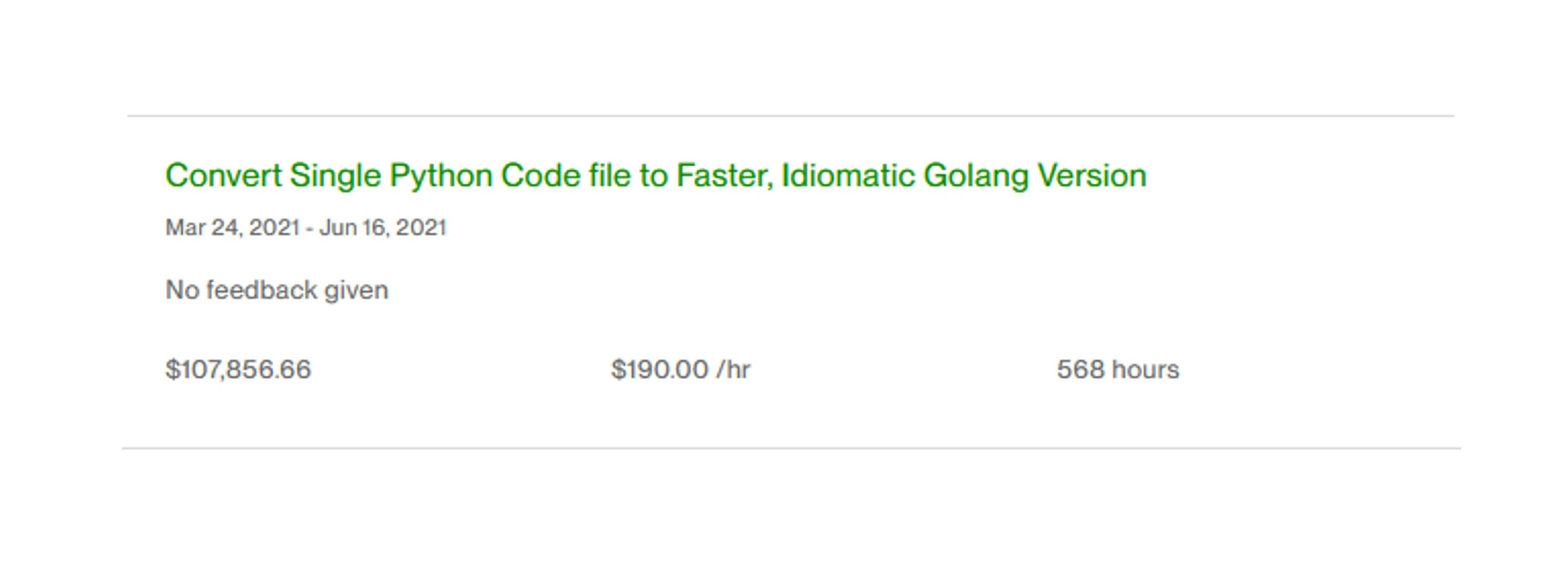
Development contract details
Outcome
The successful porting to GoLang notably improved the system’s performance and scalability, enabling rapid and efficient analysis of NFT images. The optimized duplication detection solution substantially enhanced accuracy, providing artists and collectors greater confidence in the platform. Additionally, the innovative cryptographic signing solution delivered a secure and verifiable means for artists to protect their intellectual property, significantly elevating Pastel Network’s competitive advantage in the NFT market.
Like this project
Posted Mar 23, 2025
The innovative cryptographic signing solution delivered a secure and verifiable means for artists to protect their intellectual property.
Likes
0
Views
30
Timeline
Mar 24, 2021 - Jun 16, 2021
Clients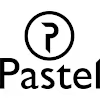

Pastel Network






